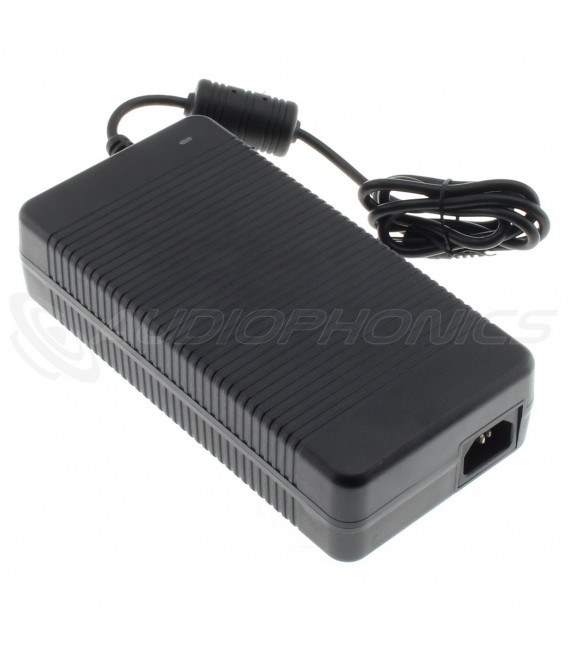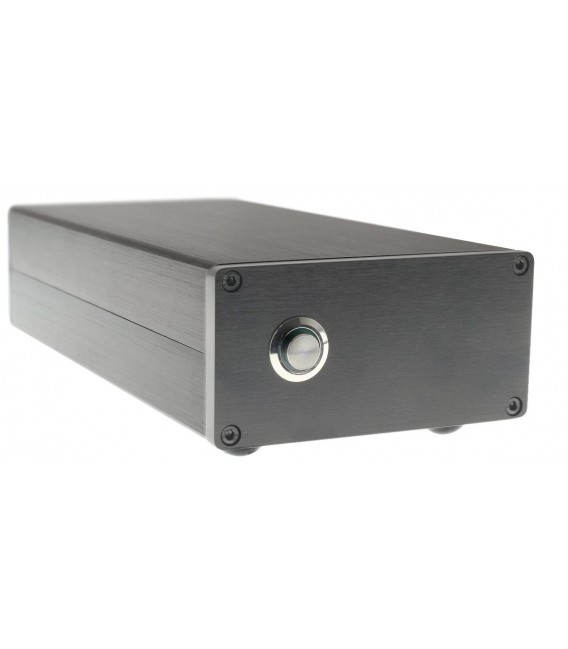Thanks for all Guy's : I'll have a lot to digest : I was focussed on Power and have to review all my mental processes
Thanks for all your clarifications.
As said : I was here to question and understand . I have now my part of job
Maybe the following can help explain why I prefer to use voltage and current and the information are available.
First, consider the frequency response, using the 4-ohm rated KEF Reference 3:

www.soundstagenetwork.com
Frequency response and sensitivity
Sensitivity: 86.3dB (averaged 300Hz-3kHz on Listening Window, 2.83V/1m)
Chart A: 20Hz - 20kHz (measured @ 2m, plotted @ 1m)
You can see that if you apply 2.83 V to this speaker, it will give you roughly the specified 86.3 dB averaged 300-3000 Hz at 1 meter. You don't have to worry about impedance, as long as the power supply and output devices can handle the current demand. So far, no power "W" is mentioned, but obviously given the voltage and current, you can sort of calculate the "power" if you also know the phase angles (you can see it from the phase angle curve). Power is kind of not as meaningful, because the speaker's output is in SPL, and then is directly related to the applied voltage only (again as long as current is not limited).
In marginal cases, I consider voltage is more important because as I mentioned and repeated before, power supply cannot deliver high voltage than its rated maximum, not even on short term, but it can deliver higher short-term current above its rated maximum. That won't help if you listen to constant tones, but for music, the current demand by the speaker will not be constant, but vary with the music contents, and the speaker's impedance (based on the point on the frequency axis of the impedance curve.
Then look at the impedance curve:
See that the impedance varies with frequency, so in this case it actually dips to below 3 ohms, but also peak to about 18 ohms at about 3,000 Hz., but the important point is, who care, as long as you apply that same 2.83 V throughout the frequency range 20-20,000 Hz, and the amp can supply the current demand, you will get the 86 dB @ 1 meter,
regardless of the calculated power delivered by the amplifier at that point.
Impedance magnitude variation





